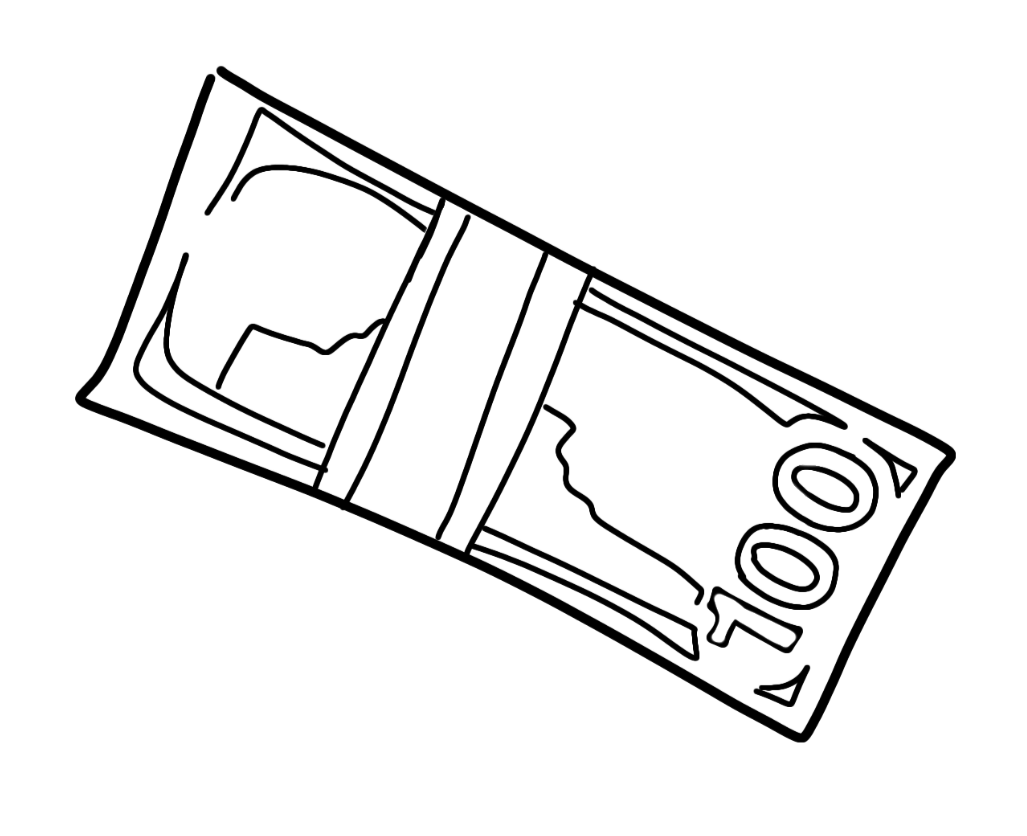The Smarter Balanced Assessment, a new state test, is being piloted on April 9 by the Office of Superintendent for Public Instruction. It is aligned to the Common Core State Standards (CCSS), and includes both summative and optional interim assessments for instructional use.
Students will use computer adaptive testing (CAT) technologies to generate data that teachers and other educators can use to help students succeed. Ninth graders will be tested in English language arts/literacy (ELA/literacy), which starts at 7:20; while 11th graders will be tested in mathematics, which starts at 8:20. At the same time, tenth graders will be taking the PLAN test, a pre-test for the ACT, in the theater. 12th grade students may be directed to come to school that morning if they need additional help and support with their Senior Projects.
Optional Interim assessments are administered at locally determined intervals and will provide educators with actionable information about student progress throughout the year. A Summative assessment is administered during the last 12 weeks of the school year. Both tests will consist of two parts: a computer adaptive test and performance tasks that will be taken on a computer, but will not be computer adaptive. These tests include extended response and technology enhanced items, while performance tasks allow students to demonstrate critical-thinking and problem-solving skills.
“Within the state, we’ll use that data to decide how to adjust the test, make sure we’re testing for the right things,” principal Greg Schwab said, “It’s a pretty big change in how we do things,” he added.
Along with the new state tests in April, commencing next year are the Common Course Standards for English, Math, Science, and Social Studies classes.
“They are basically a common set of standards that teachers will use in those classes to make sure that their students are getting a really good foundation and the ability to read, write, and think. The goal is to create consistent learning opportunities for students using the common set of standards that all the teachers are using,” Schwab said, “It’s going to require teachers to work together more than they already do and make sure we’re all teaching to the same standards, which is a good thing, and it’s going to help us to be better aligned with our curriculum and to make sure our students are getting the best possible education,” Schwab added.






